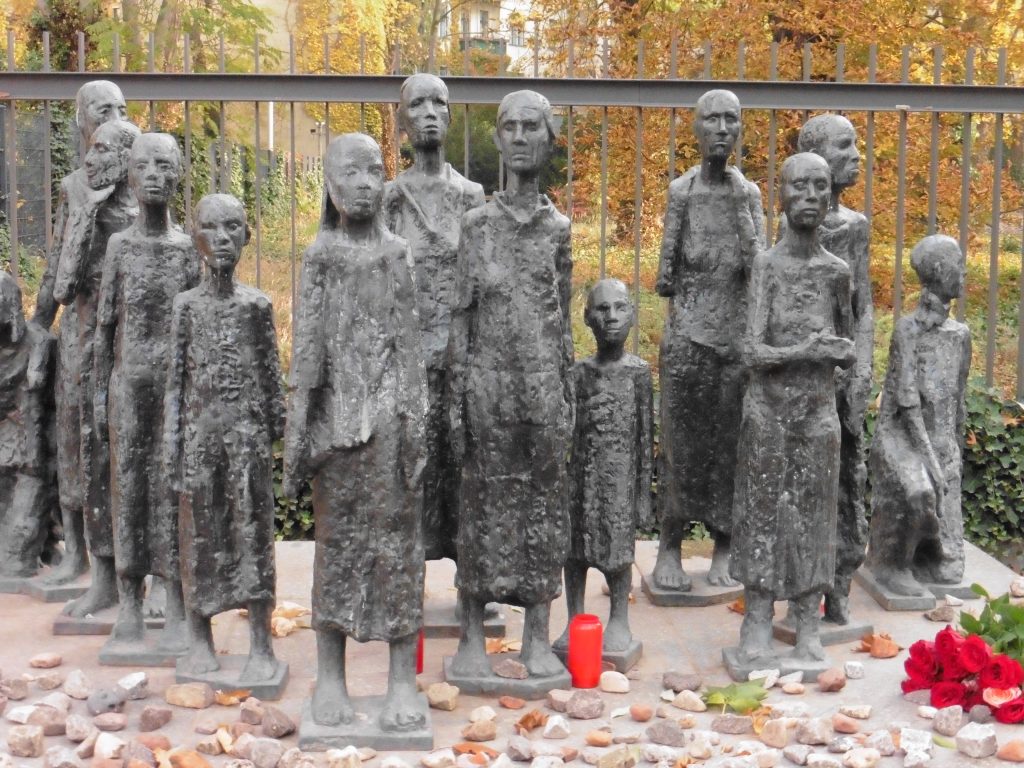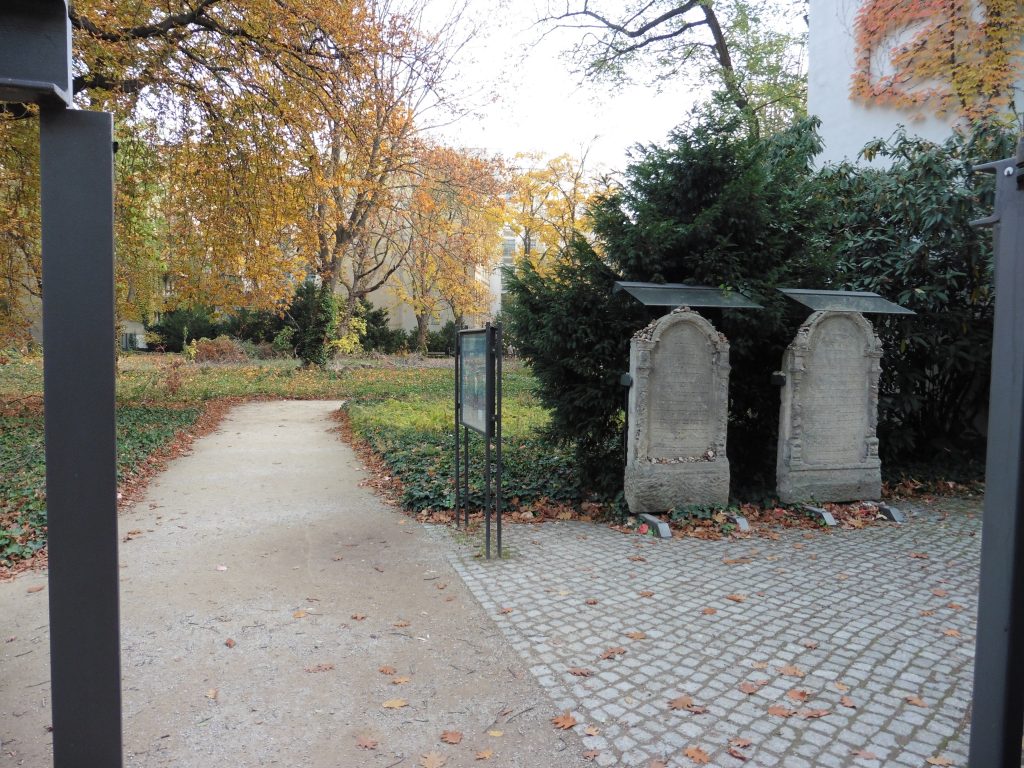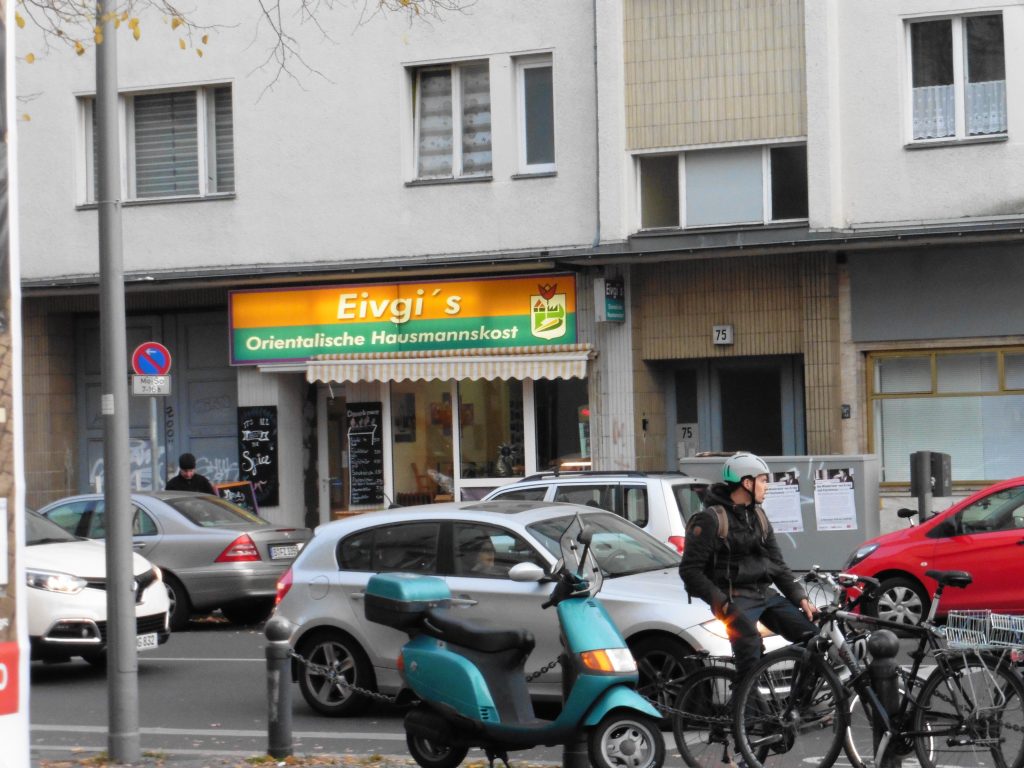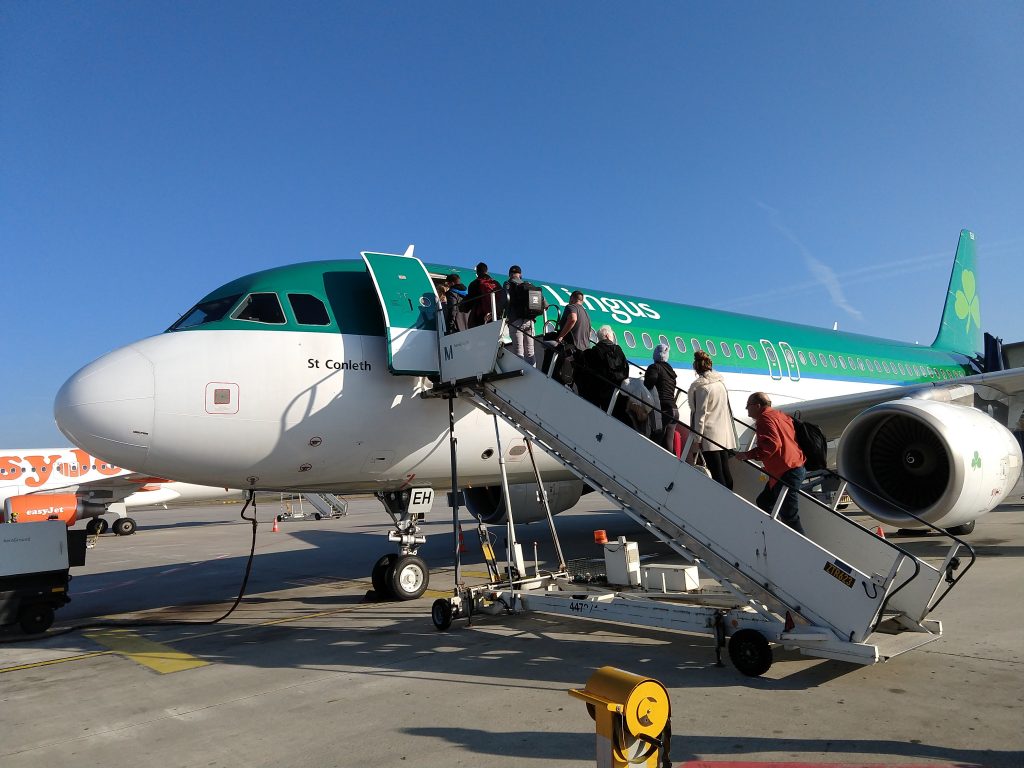 A cemetery where most of the markers have been destroyed.
A cemetery where most of the markers have been destroyed.
The site in Hamburger Straße was once the resting place of many famous members of Berlin’s Jewish community. It is now the oldest recognizable cemetery in the inner city.
The most famous grave is probably that of the German philosopher Moses Mendelssohn, who was buried here in 1786. Other famous figures buried here include David Hirschel Fraenkel, Mendelsohn’s famous rabbi and teacher, Veitel Heine Ephraim, the court Jew of Frederick the Great who built the magnificent Ephraim Palace, Marcus Herz, the director of the Jewish hospital, and Jacob Herz Beer, the father of the composer and director Giacomo Meyerbeer.

